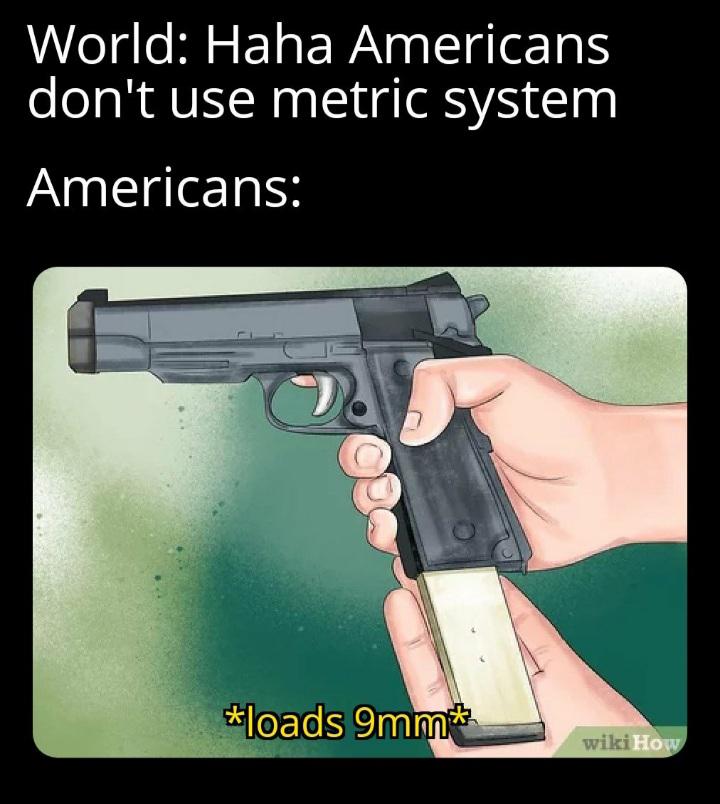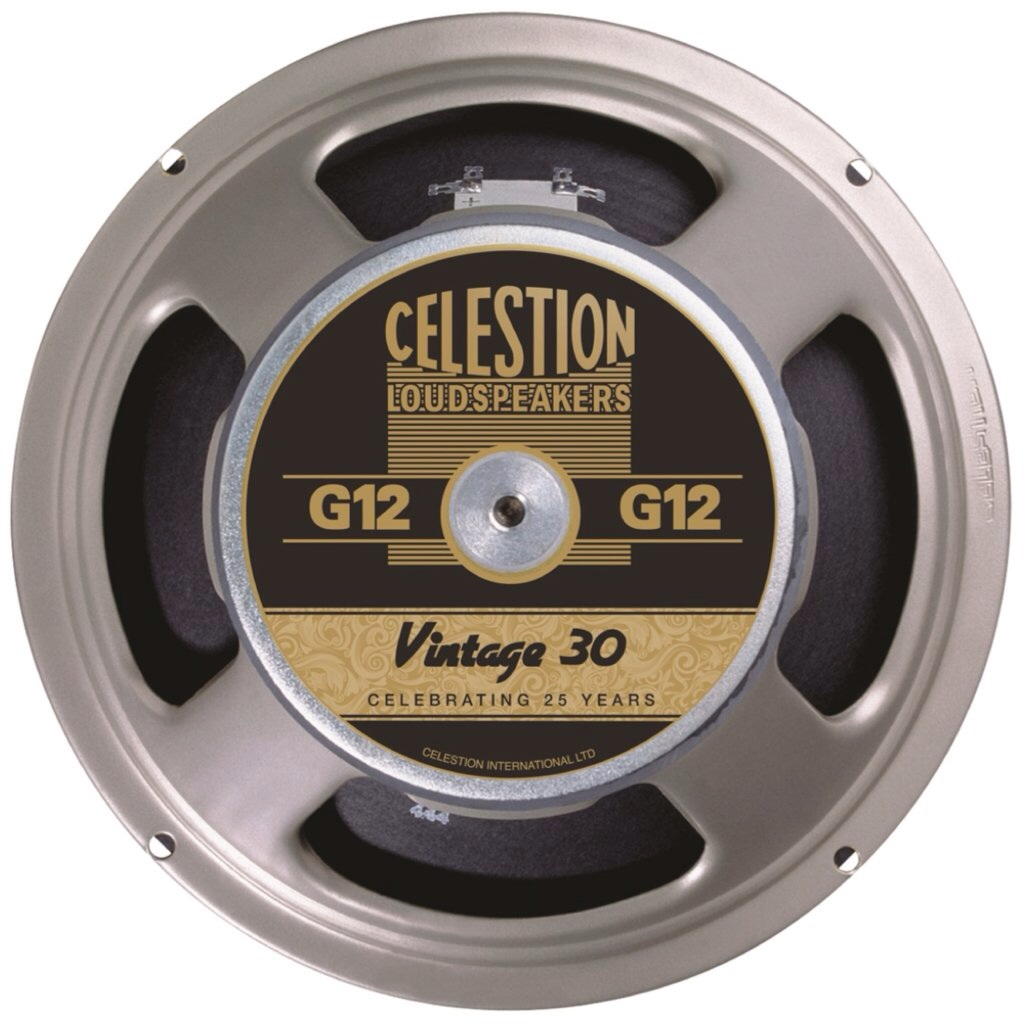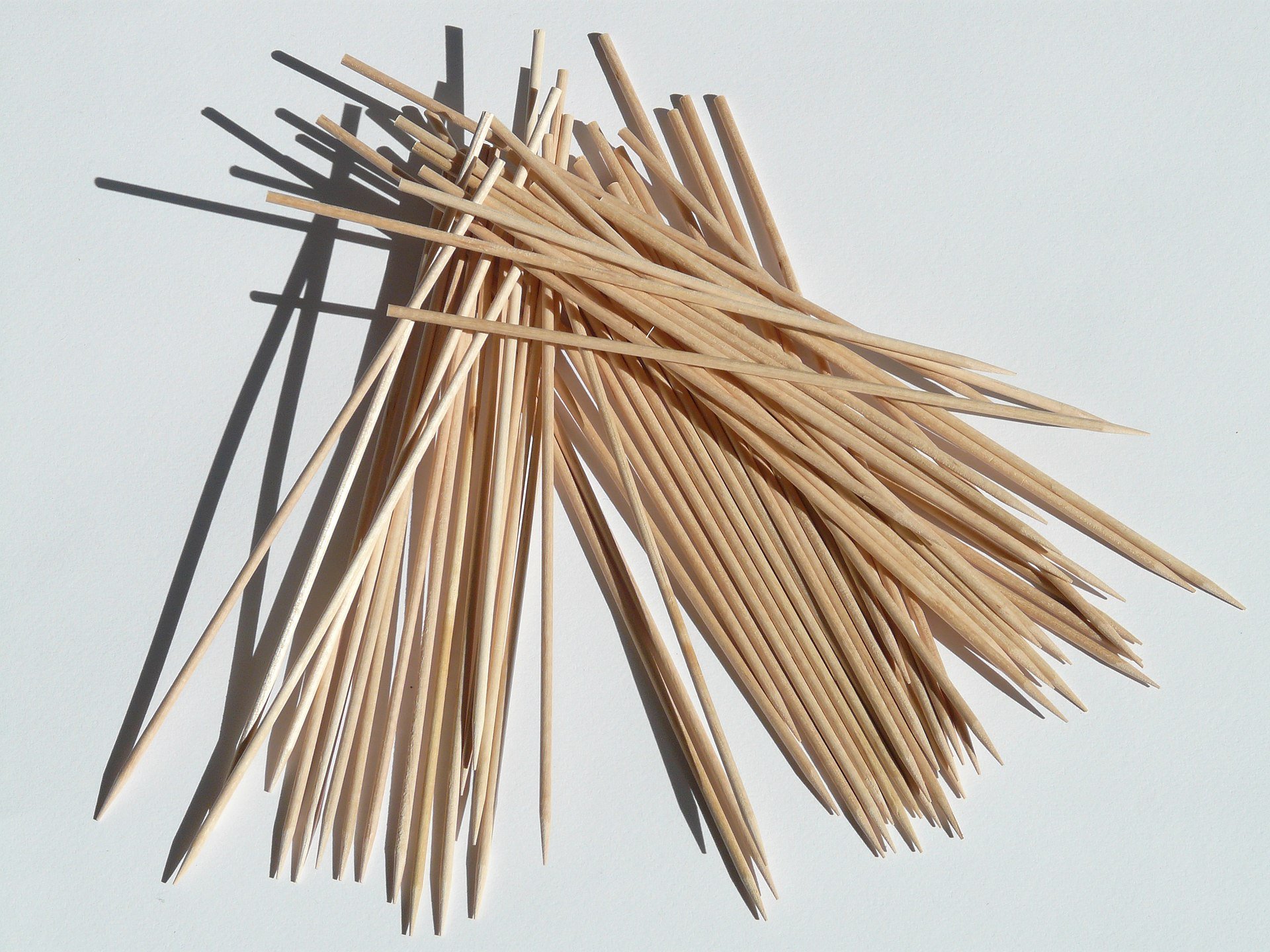Europeans literally see no irony in throwing shade at Americans for hanging onto their traditional measurement system, while also speaking 27 different languages in the span of a few hundred miles.
Maybe come down off your high horse until you get that situation sorted, eh? >.>
well, language is culture, and we all know how cultured the states are.
Whenever I post something on the internet, I do so in English, since that’s a language most people on this world speak. I’d love it if Americans did the same with measurements when writing down recipes on the internet. I’m sorry for this offensive opinion.
–
Als ge liever wilt, kan ik het ook in het Nederlands doen. Op het internet spreek ik over het algemeen Engels, aangezien dat een taal is die nagenoeg iedereen spreekt. Ik zou het vree tof vinden als Amerikanen dat ook zouden doen met maten en gewichten in hun recepten. Sorry om zo kort van antwoord te zijn.
Being colonised be the English does that to your native languages
Source: am Irish
I use a mix
Last panel should be the entire US Customary System, which is literally just a rescaling of the SI (“metric” system) units. US Customary is derived directly from SI.
I think most people are aware

What are you talking about with the weed? It’s sold in pounds, ounces, quarter ounces and “half quarters” which is as ridiculously un-metric as it gets.
My theory on this is we use the imperial weights when describing the size in relation to the jail time associated with getting caught with it and then switch to metric for personal use.

Gosh, I wonder how many grams there are in a quarter ounce?
We used to just call that an eighth.
Yes, but a metric eighth.
Sold in grams for small amounts, then back to Imperial for larger amounts.

Yes, the very metric package sizes using multiples of 7.
It doesn’t matter what the multiple is. It could be 28.35g exactly, it’s still metric because of the unit.
Their point was that while it’s using metric, all the available sizes are based on imperial amounts.
And all Imperial amounts are based on the SI system (the official name for metric). That’s basically the point of having a standard.
I’m really not sure what the big deal is that the packaging uses the metric equivalent of the unit used in the US, which is one of the main countries that many businesses worldwide serve. That’s also the case with butter (1 lb to 454g), cream cheese (8 oz to 250g), etc.
I don’t think I’ve seen a gram for sale since legalization. I see pre-rolls and half-quarters. Weighed in grams but packaged in imperial.
1g prerolls are actually the only round-number metric sale I see.
Right. I haven’t seen a 1g bag sold ever.
Should have bullet measurements instead
Don’t forget the most important US measurements of them all: 5.56, 7.62, 9, etc.
.308
Oh wait…
pls explain 🙂
.308 is caliber in inches thus not metric.
why do they use decimal for imperial units?
It means the round fired by the gun is .308 inches in diameter, or 7.62mm. Gun caliber is measured in inches for Imperial.
I have a 77/250 rifle at home because I’m a real American.
🫡🇺🇲
Because they couldn’t rationalize using fractions.
Because even people who worked in imperial recognized that dealing with stupid fractions is stupid.
Machining is often done in thousandths of an inch.
so why don’t they write 1/1000 in then?
Because, unlike internet pendants, machinists have shit to do.
.308 is 7.62, civilian measurement vs military (there’s actually implications related to pressures, sidewall thicknesses, machining tolerances, but yeah same same)
Yeah, it’s generally safe to shoot 7.62 from a 308-chambered gun, but not the other way around.
Same for 5.56 and .223.
Let’s not forget that the Apollo space program used SI units at every step, except for displaying it to the astronauts.
Have you ever done physics with non SI units? It is terrible and causes mistakes
And that a very expensive probe crashed into mars instead of landing because NASA used metric for all measurements but one contractor didn’t get the memo.
NASA is also really funny and uses millimeters as their base unit for everything.
Also, the imperial system is defined through the metric system.
In using imperial, you’re just using metric with extra steps.
The Imperial system is not defined though the metric system, the US Customary system is.
Your statement is incorrect
Since the Weights and Measures Act 1985, British law defines base imperial units in terms of their metric equivalent.
Supplemental article: https://en.wikipedia.org/wiki/International_yard_and_pound
No Python without C
nightmare nightmare nightmare
But no GIL if I’m not mistaken. Which means you can get some multi threaded tasks to run much faster without jumping through hoops.

Sounds like someone made a trip to the Levi’s store
My goto phrase when I want to troll people: “The creators of python called it that because they wanted a name that started with P, as a nod to its predecessor, Perl.”
It’s not exactly Ken M level, but post that anywhere and the amount of angry futile typing can faintly be heard around the world as other geeks start fuming.
I could feel a disturbance in the force 2 hours ago. Now I know it was precisely when you wrote this comment.
My goto troll-nods are all “subtle” which always makes me laugh harder and my trollees groan louder.
What a stupid reason to get angry.
Especially as everything needs to be rewritten in Rust anyways
Everything is just C with extra steps.
Which is just assembly with extra steps.
Or is it the other way around??
I got 40-90 C down pretty well monitoring my PC temps in that I know more of what it should read in C compared to F.
When I was young I lived in Puerto Rico for a few years (1980’s). Milk was sold in either one litre cartons or one gallon jugs. Distances in road signs and road markers were in kilometers but speed was in miles per hour. Fuel was sold in litres but fuel usage is in miles per gallon.
Seems like a good way to become proficient in both so that you’re more adaptable.
Nah. People just talked distances in fuel tank fractions, fuel dollars or travel time. For example, “how far is the mall?”, ‘about a quarter tank’. Or “how far is San Juan?”, ‘$5 will get you there’. Or " how far is Rio Grande" ’ about ten minutes that way’.
I believe Canada and the UK do similarly.
Milk yes, car distance no, fuel usage no
Km and L/km are used in Canada.
Gallon jugs aren’t as common as 4L bagged milk here though
Do you say kilometers per litre or miles per gallon?
Edit: re-read. The UK still uses mpg, I believe
No, liters per 100 km, edited because I forgot the 100
But just to fuck with everyone we still refer to it a “mileage” in speech. Cause being a Canadian is suffering.
not to mention, the imperial system is just the metric system in disguise. An inch is defined as 25.4mm, and not by some universal constant, like a proper measuring system.
Like many strains, weed is a hybrid situation
Yeah, but you still have work tool measurements in 5/8, 7/32, and 13/64 or whatever the fuck dumbass measurements.
I say this as an American that hates the way tools use measurments here.
Depends what kind of work you do, mechanics work in metric only, construction is in Imperial…
Mechanics work in metric mostly. You still come across some imperial sizes occasionally. Though recently that’s been getting standardized a lot better.
Recently?
Metric has been standard in cars for decades…
I mean, that might be true, but I work on a lot of shit that’s right around 20 years old. It’s mostly metric. But I keep a set of standard sockets around that I’ve had to pull out once or twice. Sometimes it’s been because of swollen bolts but sometimes I’m pretty damn sure that’s a 5/16.
I can guarantee it’s either someone that put the wrong bolt there or it’s due to rust.
All American cars have been fully metric since the 90s (with a push during the Carter years as well), Japanese cars since the 60s… Maybe you’ve had to work on a x.5mm bolt but that’s extremely rare.
Then there’s planes, and trains and also ships. Ships can have parts and systems from god knows when
I specifically prefer woodworking in fractional inches. I’ve had this argument on Lemmy before and it basically goes:
“But inches bad! Metric good! Fractions bad! Powers of ten good!”
“I mean yeah okay but I nearly never have to divide by ten in the wood shop, I do have to divide by two or three or four, and since we mill stock to finished dimensions that are usually 3/2*x inches, most commonly 3/4” or 3/2" it’s trivial to do. Cutting mortise one third the board’s width in 3/4" stock ends up being exactly 1/4" wide. Easy. The metric world usually mills boards to 19mm, which is pretty close to 3/4" so it’s suitable for the same applications. Show me the line on a metric tape measure that indicates one third of 19mm."
“But Americans use inches so it must be dumb and bad!”
I use metric for quite a lot of things, I learned chemistry and physics in metric in school, I vastly prefer doing mechanical and engineering things in metric. I learned carpentry (structure building) in inches but I could cope with metric there, I learned how to fly in mostly US customary units (distances in nautical miles, speeds in nautical miles per hour aka knots, altitude and runway lengths in feet, pressures in PSI, temperature in °C) I could cope with different units there. I’m not giving up inches in the furniture shop though, because working in fractions works to well.
But yeah the faster we can erase fractional inch wrenches from the world the better. “What’s one size louder than 3/4?” “Ah shit 6/8…12/16, plus 1…13/16.”
Except there’s an easy way to mark thirds: if you have a, let’s say, 27 cm wide board you take the measuring by skewing a little the tape and measuring 30 cm. You mark 10 cm and 20 cm and there you have it: a third of the wide. You don’t even need the precise measure. If you have something with proportional marks you just use it and you get a third no matter the width. It’s like a center finder but with thirds (or fourths or…)
That will likely work for the length or width of boards, but what about thickness? Mark out a mortise and tenon on a 19mm thick board with that technique and tell me how it goes.
This is the kind of shit I’m talking about. You see these kinds of “Nuh uh, it’s not a problem, you just learn all these hacky workarounds” excuses out of the inch-ounce crowd, where you “just have different measuring cups for that” or “our butter packaging has tablespoon markings on it” but in the wood shop it’s the other way around because the physical tasks are inherently easier to express as fractions rather than decimals, so I’m the one saying “I just measure it with my tape measure or combo square or ruler and it’s right.” and the metric crowd keep going “Nuh uh, it’s not a problem, you just learn all these hacky workarounds.”
Or you can do a division and that’s it.
19mm / 3 = 6.3333mm. Come on over here and show me the six point three three three three millimeter line on my metric tape measure.
2" / 3 = 0.666666666 Show me that point in you tape measure 😜
And both cases can be fixed by just skewing a little the tape (19 mm -> 21 mm and 2" -> 2.1". Close to 20°)
2 inches isn’t a common size for stock. 1.5 inches is though.
And you want to come show me 2.1" on my standard tape measure?
Some of us are comfortable going both ways.
But don’t tell anybody because I live in Texas.
Soda bottles larger than 20 ounces…


















